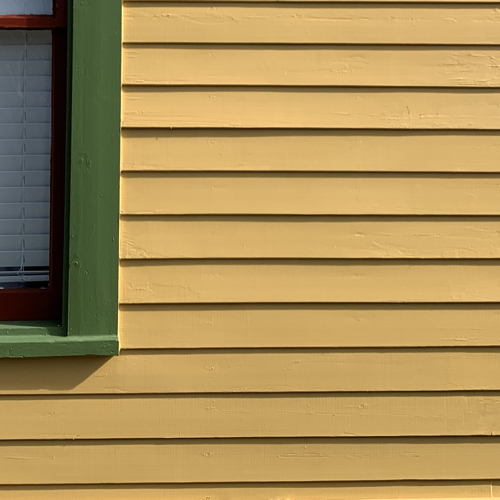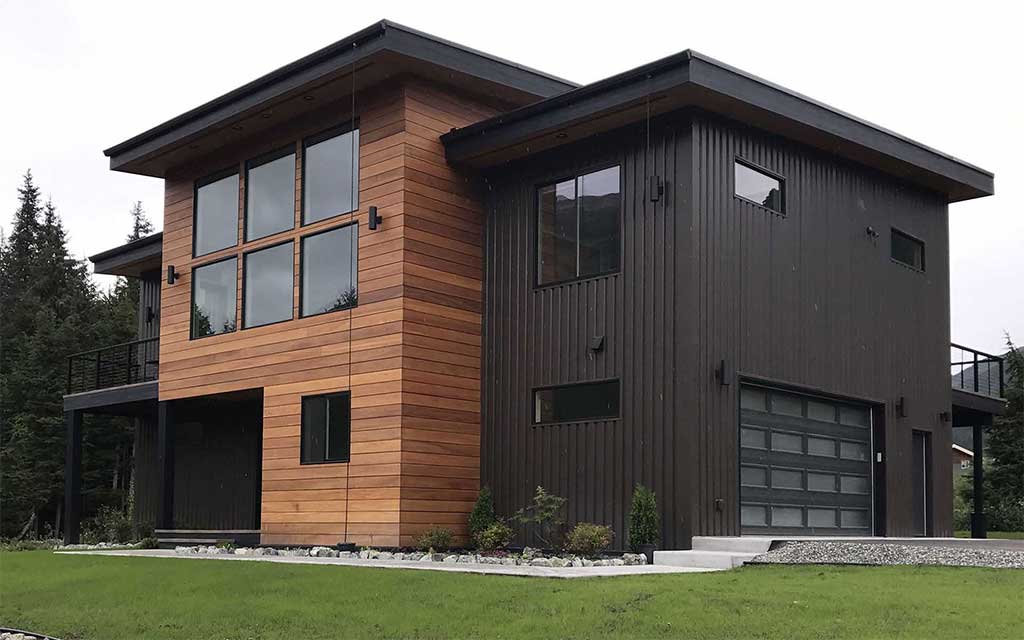Snap a level chalk line for the first starter strip at the base of the wall no less than 8 inches above ground level after determining the lowest corner of the house.
Where to start first course of wood siding.
The most common approach here is to install sill trim at the soffits rip down the top course of siding and crimp the siding so the sill trim holds it in place.
A transition strip or z strip is designed for this.
Install this transition strip along the top of the first course of siding then begin the second course in the same manner as the first.
This chalk line should be level and a consistent distance from the eaves or the top and bottom of the windows.
Step 8 siding beside windows photo by david carmack.
Expert advice on how to install wood or fiber cement lap siding including how to prepare exterior walls and lay out siding for installation.
Join the clapboards with scarf joints as in step 3.
Nail the clapboard to the studs.
Nail a piece of plywood about 3 5 inches 89 mm thick along the top of the chalk line this will hold out the bottom of the first row of siding.
This works fine most of the time but always add a few blobs of caulking inside the bottom lip of the top course for extra security.
Lap siding also called horizontal siding or clapboard may be made of wood fiber cement plywood hardboard or similar materials.
If more than one clapboard is needed to span a wall snap a chalk line between the marks on the corner boards on top of the course being overlapped.
Attach the starter strip to the plywood but don t nail it so tightly that it will restrict the strip s movement.
This is where the new siding will begin.




























